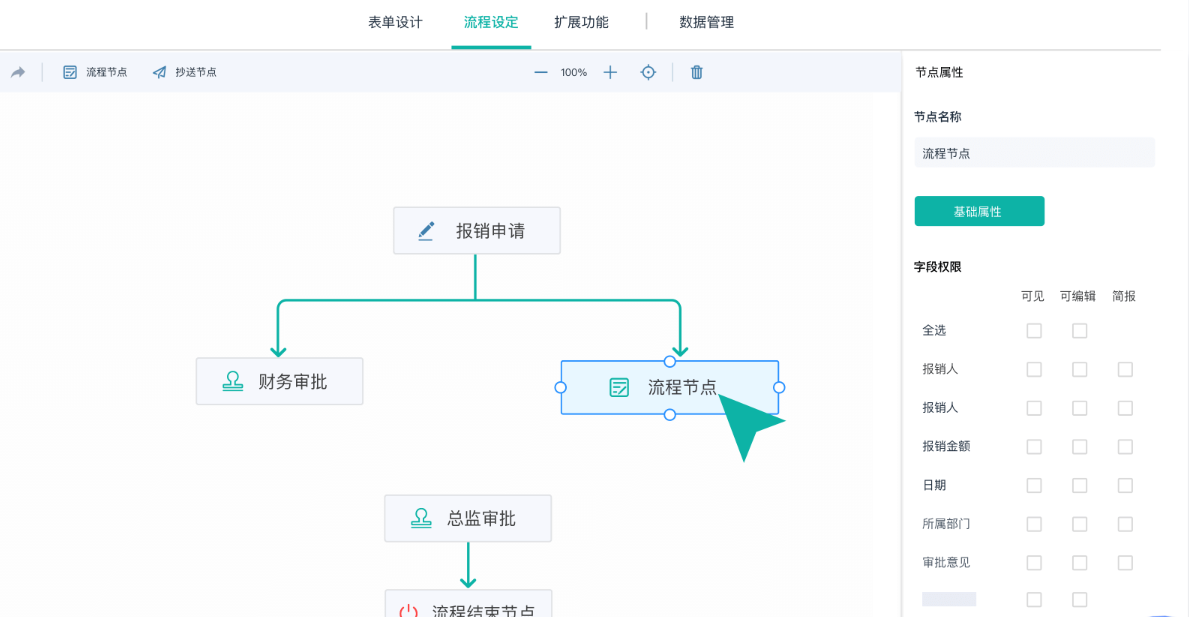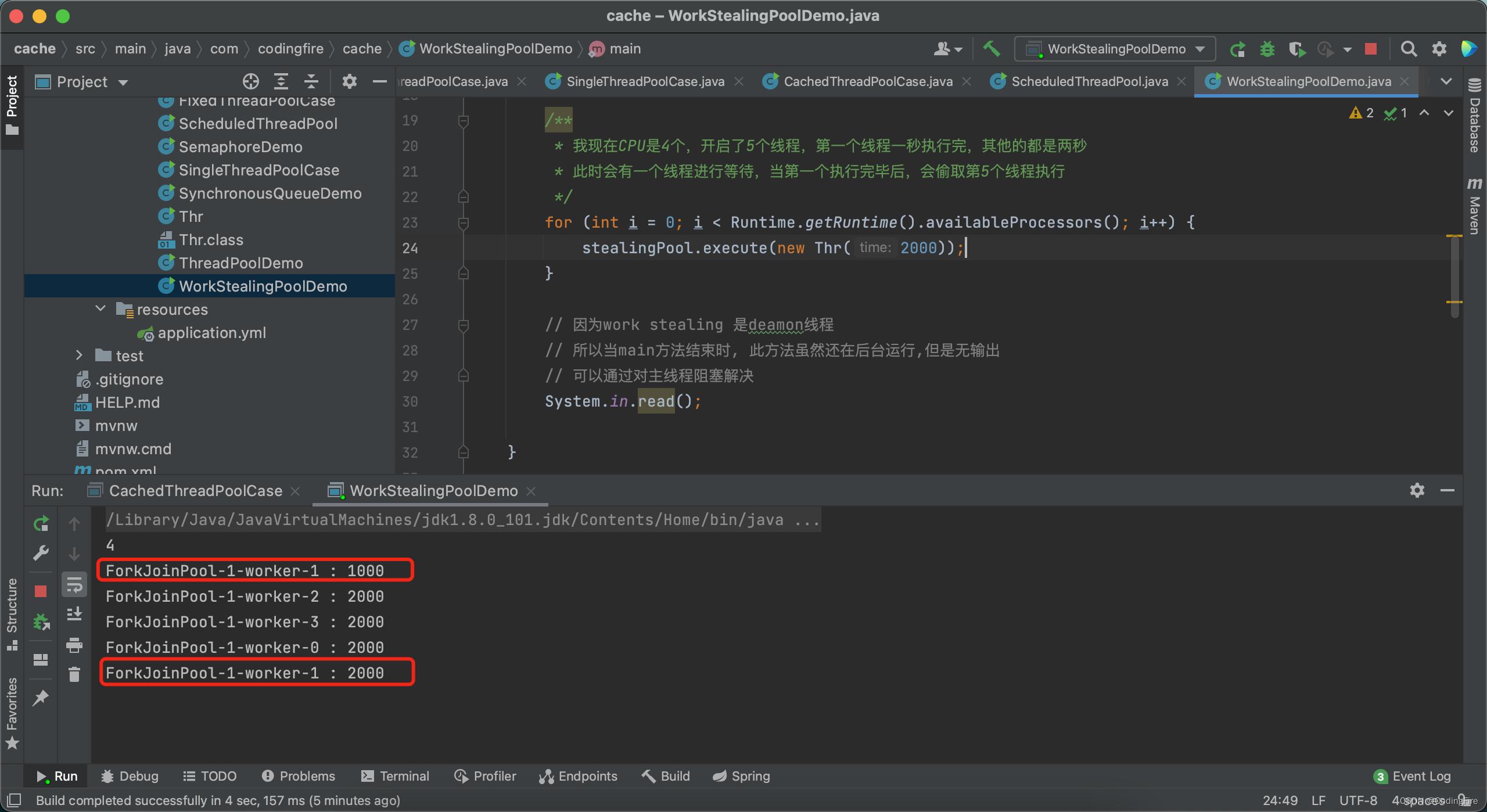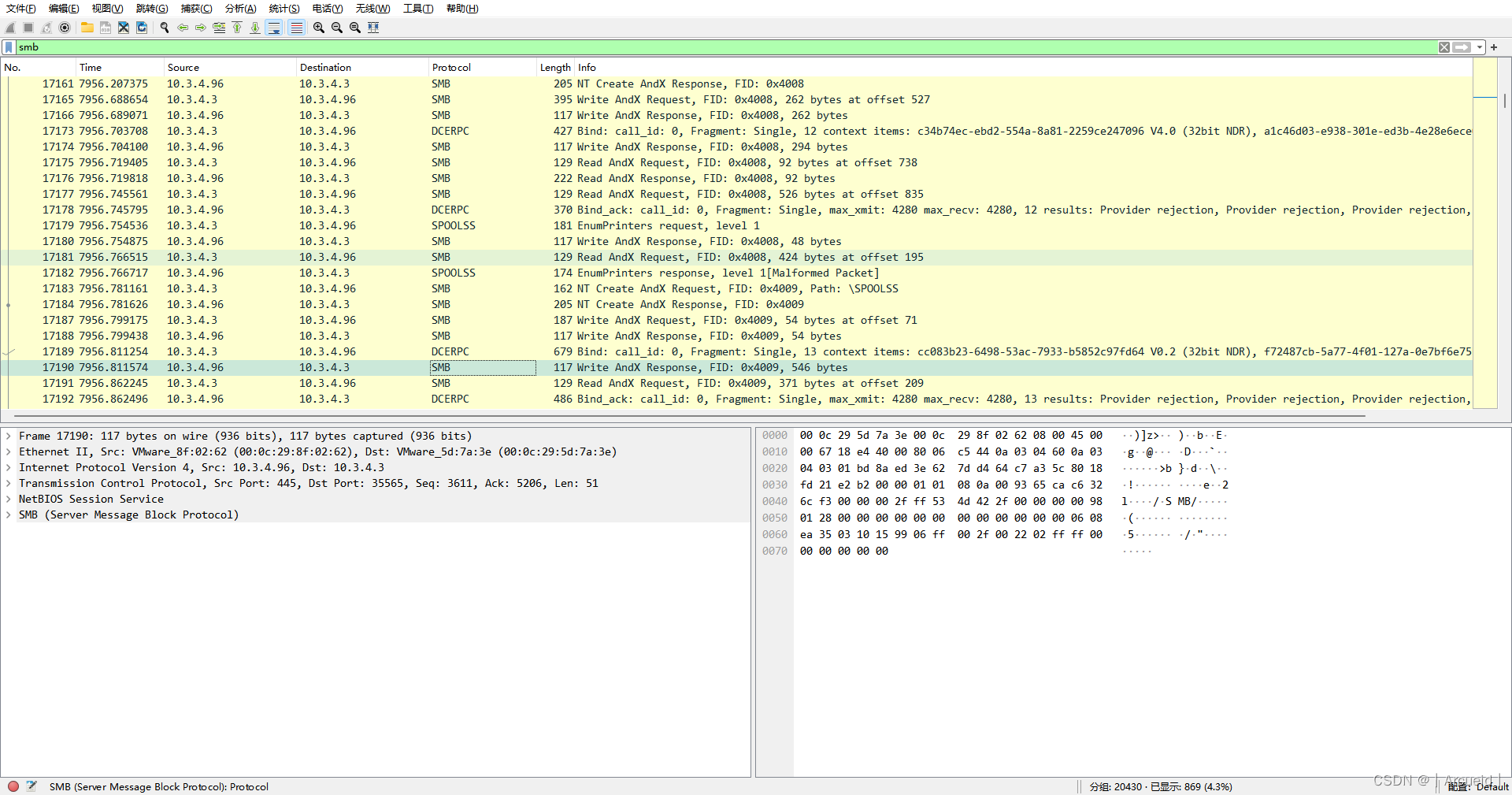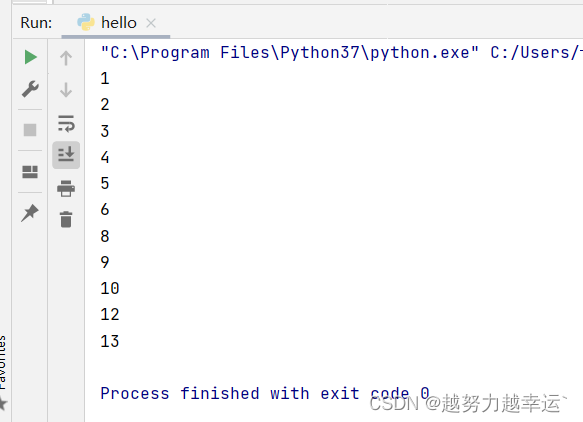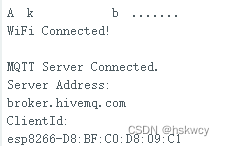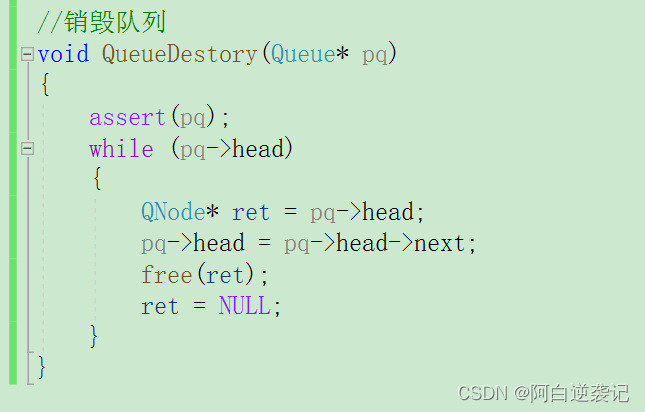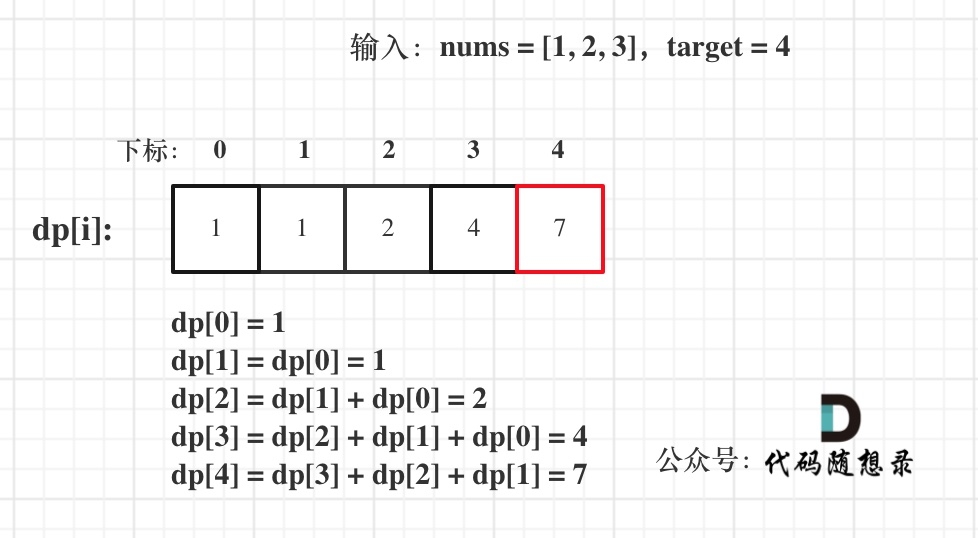在 Python 的项目中,如何管理所用的全部依赖库呢?最主流的做法是维护一份“requirements.txt”,记录下依赖库的名字及其版本号。
那么,如何来生成这份文件呢?一种常规的方法:
pip freeze > requirements.txt这种方法用起来方便,但有几点不足:
- 它搜索依赖库的范围是全局环境,因此会把项目之外的库加入进来,造成冗余(一般是在虚拟环境中使用,但还是可能包含无关的依赖库)
- 它只会记录以“pip install”方式安装的库
- 它对依赖库之间的依赖关系不做区分
- 它无法判断版本差异及循环依赖等情况
- …………
可用于项目依赖管理的工具有很多,本文主要围绕与 requirements.txt 文件相关的、比较相似却又各具特色的 4 个三方库,简要介绍它们的使用方法,罗列一些显著的功能点。
pipreqs
这是个很受欢迎的用于管理项目中依赖库的工具,可以用“pip install pipreqs”命令来安装。它的主要特点有:
- 搜索依赖库的范围是基于目录的方式,很有针对性
- 搜索的依据是脚本中所 import 的内容
- 可以在未安装依赖库的环境上生成依赖文件
- 查找软件包信息时,可以指定查询方式(只在本地查询、在 PyPi 查询、或者在自定义的 PyPi 服务)
基本的命令选项如下:
Usage:
pipreqs [options] [<path>]
Arguments:
<path> The path to the directory containing the application
files for which a requirements file should be
generated (defaults to the current working
directory).
Options:
--use-local Use ONLY local package info instead of querying PyPI.
--pypi-server <url> Use custom PyPi server.
--proxy <url> Use Proxy, parameter will be passed to requests
library. You can also just set the environments
parameter in your terminal:
$ export HTTP_PROXY="http://10.10.1.10:3128"
$ export HTTPS_PROXY="https://10.10.1.10:1080"
--debug Print debug information
--ignore <dirs>... Ignore extra directories, each separated by a comma
--no-follow-links Do not follow symbolic links in the project
--encoding <charset> Use encoding parameter for file open
--savepath <file> Save the list of requirements in the given file
--print Output the list of requirements in the standard
output
--force Overwrite existing requirements.txt
--diff <file> Compare modules in requirements.txt to project
imports
--clean <file> Clean up requirements.txt by removing modules
that are not imported in project
--mode <scheme> Enables dynamic versioning with <compat>,
<gt> or <non-pin> schemes.
<compat> | e.g. Flask~=1.1.2
<gt> | e.g. Flask>=1.1.2
<no-pin> | e.g. Flask其中需注意,很可能遇到编码错误:UnicodeDecodeError: 'gbk' codec can't decode byte 0xae in 。需要指定编码格式“--encoding=utf8”。
pipreqs --encoding=utf8 .在已生成依赖文件“requirements.txt”的情况下,它可以强行覆盖、比对差异以及清除不再使用的依赖项。
pipreqs --encoding=utf8 --force .pigar
pigar 同样可以根据项目路径来生成依赖文件,而且会列出依赖库在文件中哪些位置使用到了。这个功能充分利用了 requirements.txt 文件中的注释,可以提供很丰富的信息。

pigar 对于查询真实的导入源很有帮助,例如bs4 模块来自beautifulsoup4 库,MySQLdb 则来自于MySQL_Python 库。可以通过“-s”参数,查找真实的依赖库。
$ pigar -s bs4 MySQLdb
它使用解析 AST 的方式,而非正则表达式的方式,可以很方便地从 exec/eval 的参数、文档字符串的文档测试中提取出依赖库。
另外,它对于不同 Python 版本的差异可以很好地支持。例如,concurrent.futures 是 Python 3.2+ 的标准库,而在之前早期版本中,需要安装三方库futures ,才能使用它。pigar 做到了有效地识别区分。(PS:pipreqs 也支持这个识别,详见这个合入:https://github.com/bndr/pipreqs/pull/80)
pip-tools
pip-tools 包含一组管理项目依赖的工具:pip-compile 与 pip-sync,可以使用命令“pip install pip-tools”统一安装。它最大的优势是可以精准地控制项目的依赖库。
两个工具的用途及关系图如下:

pip-compile 命令主要用于生成依赖文件和升级依赖库,另外它可以支持 pip 的“Hash-Checking Mode ”,并支持在一个依赖文件中嵌套其它的依赖文件(例如,在 http://requirements.in 文件内,可以用“-c requirements.txt”方式,引入一个依赖文件)。
它可以根据 setup.py 文件来生成 requirements.txt,假如一个 Flask 项目的 setup.py 文件中写了“install_requires=['Flask']”,那么可以用命令来生成它的所有依赖:
$ pip-compile
#
# This file is autogenerated by pip-compile
# To update, run:
#
# pip-compile --output-file requirements.txt setup.py
#
click==6.7 # via flask
flask==0.12.2
itsdangerous==0.24 # via flask
jinja2==2.9.6 # via flask
markupsafe==1.0 # via jinja2
werkzeug==0.12.2 # via flask
在不使用 setup.py 文件的情况下,可以创建“requirements.txt”,在里面写入“Flask”,再执行“pip-compile requirements.txt”,可以达到跟前面一样的效果。
pip-sync 命令可以根据 requirements.txt 文件,来对虚拟环境中进行安装、升级或卸载依赖库(注意:除了 setuptools、pip 和 pip-tools 之外)。这样可以有针对性且按需精简地管理虚拟环境中的依赖库。
另外,该命令可以将多个“*.txt”依赖文件归并成一个:
pip-sync dev-requirements.txt requirements.txt
pipdeptree
它的主要用途是展示 Python 项目的依赖树,通过有层次的缩进格式,显示它们的依赖关系,不像前面那些工具只会生成扁平的并列关系。
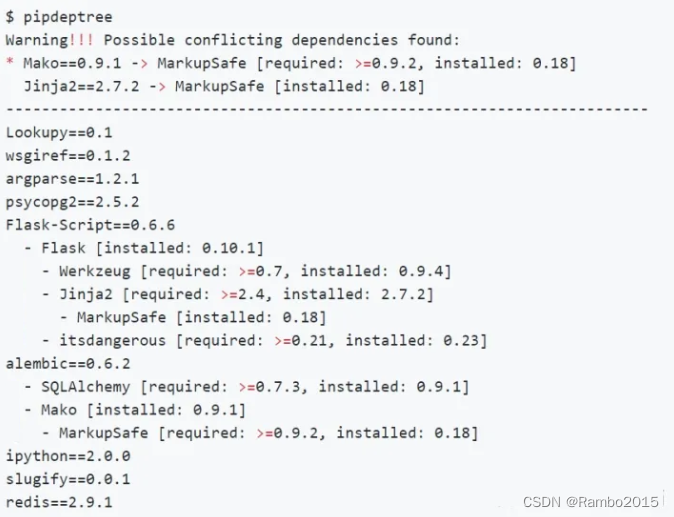
除此之外,它还可以:
- 生成普遍适用的 requirements.txt 文件
- 逆向查找某个依赖库是怎么引入进来的
- 提示出相互冲突的依赖库
- 可以发现循环依赖,进行告警
- 生成多种格式的依赖树文件(json、graph、pdf、png等等)
它也有缺点,比如无法穿透虚拟环境。如果要在虚拟环境中工作,必须在该虚拟环境中安装 pipdeptree。因为跨虚拟环境会出现重复或冲突等情况,因此需要限定虚拟环境。但是每个虚拟环境都安装一个 pipdeptree,还是挺让人难受的。
好啦,4 种库介绍完毕,它们的核心功能都是分析依赖库,生成 requirements.txt 文件,同时,它们又具有一些差异,补齐了传统的 pip 的某些不足。



